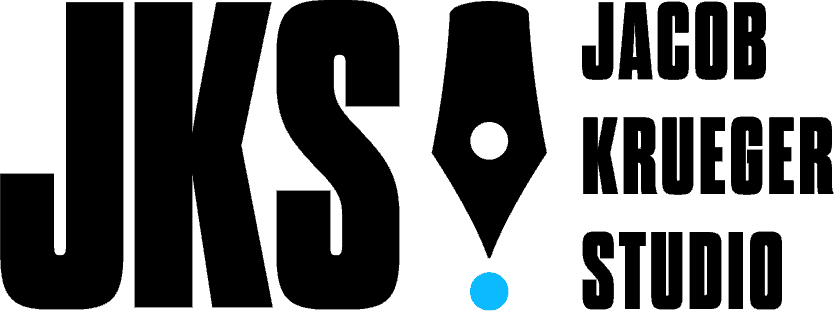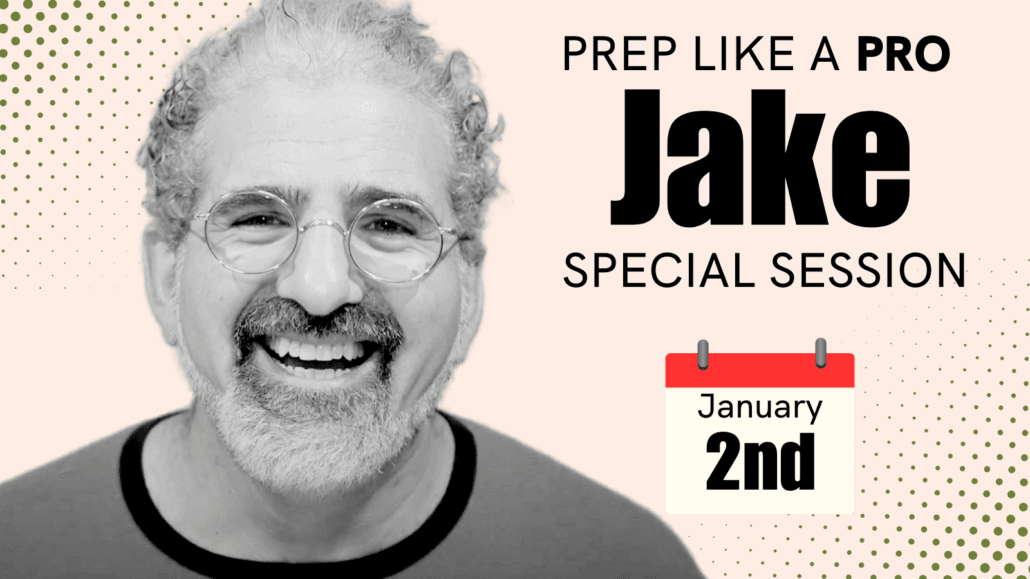[spb_video link=”http://youtu.be/KxDwieKpawg” size=”640×480″ full_width=”no” width=”1/1″ el_position=”first last”] [blank_spacer height=”30px” width=”1/1″ el_position=”first last”] [spb_text_block pb_margin_bottom=”no” pb_border_bottom=”no” width=”1/1″ el_position=”first last”]
What’s The Itch Your Character Can’t Scratch?
By Jacob Krueger
[/spb_text_block] [divider type=”thin” text=”Go to top” full_width=”no” width=”1/1″ el_position=”first last”] [spb_text_block pb_margin_bottom=”no” pb_border_bottom=”no” width=”1/1″ el_position=”first last”]In his recent TED talk (above) Andrew Stanton, Academy Award winning screenwriter of WALL-E, TOY STORY and countless other Pixar movies, spoke about the powerful forces that make us care about a character. Stanton describes this as the character’s spine, a singular subconscious need—an itch they can’t scratch—which drives every action they take in the story: Michael Corleone’s need to please his father in The Godfather. Woody’s need to do the right thing for his child in Toy Story. Wall-E’s need to find the beauty in Wall-E.When you understand the itch your character can’t scratch, you understand the real root of all structure. You know how to make choices about your screenplay, to make the moments of your plot connect and take on meaning, to make things matter, and to make us care.So how do you discover that spine of your character? That itch your character can’t scratch?
The great acting teacher, Konstantin Stanislavski, called this spine the character’s Superobjective: that single, unifying drive that propels a character forward through every moment of the story. Stanislavki’s goal, like ours as writers, was to create characters that an audience could truly believe in. That meant that performance had to be more than simply presentation, skill, and style. It had to grow from something real in the actor. Otherwise it was going to feel as fake as it actually was, no matter how great the actor’s talent in performing it. Stanislavski forced his actors forget about the audience, and instead to draw their focus inwards, building their characters from real memories and real needs that drove them in their daily lives. To stop presenting their characters for the audience’s benefit, and start actually living them in the scene.The Method, which grew from Stanislavski’s teaching, gave rise to some of the most memorable characters in history: performances by great actors like Meryl Streep, Robert Deniro, Al Pacino and Daniel Day Lewis. And understanding how it relates to you as a writer can be the difference between writing characters we can care about as if they lived and breathed, and those who seem as thin as the paper that they’re written on.Just as actors must draw from something real in themselves to create believable characters in performance, so too must writers reach into their own emotions, to find the spine of their characters and bring them to life on the page.
And just as actors must learn to differentiate between the tools of stagecraft, and the art of creating a character, so too must writers learn to differentiate between the art of creating a character and a story you can believe in, and the tools of craft used to translate that story to the audience. Your characters, and the stories you need to tell, grow from something deep, real, and powerful in you: an inescapable emotional need that drives you at every moment of every day. Connect to that need, and you’ll not only discover a spine for your character, but for the entire structure of your screenplay. Ignore it, and you’ll find yourself lost in the wilderness, faking your way through your story, rather than really writing it.And the results will feel something like Keanu Reeves playing Hamlet. No matter how much craft you apply to it.
In my screenwriting classes, we learn to write characters we can believe in, by connecting their Superobjectives with our own Emotional Needs— the itch we can’t scratch that we share with our character, that forces us to the page, and carries us through the writing of our screenplays. This process starts by letting go of our need to “perform” for the audience, and releasing ourselves, just for a moment, from the formulas, plot devices, and countless external elements of craft that allow us to fake our way through our scripts, rather than actually writing them. Having let all that go (and knowing we can return to it later), we learn to draw our attention inward, to identify the Emotional Needs that are in priority for us, and to share them with our characters.We seek the itches we can’t scratch, and the itches our characters can’t scratch.
Sometimes we can name these Emotional Needs with words, and sometimes we can just feel them. But once we make that connection, and figure out that one thing that truly drives the character, structure starts to grow naturally. We know now where to attack the character, how to build the shape of her journey, the movements she’ll need to go through, and the things she truly values. We’ll know how to hurt her deeply, or reward her greatly. Because we are building from an Emotional Need we feel so deeply in ourselves, we can depend on it keep us rooted to the truth of our story, to keep us going when we don’t know what happens next, or we don’t want write, and to be the North Star by which we can navigate when we’re lost deep in our structure, and need to figure out what truly matters in our story.At this point, we can begin to apply the craft we need to tell our story in the most compelling way possible for our audience, without worrying about getting confounded by our own smoke and mirrors, or getting lost in the thousands of choices we need to make on every page. Your character’s Emotional Need is your Need, and the spine of her journey is your journey—a journey told in fiction, but rooted in truth. And when you’re telling the truth, you can’t get lost.[/spb_text_block]


